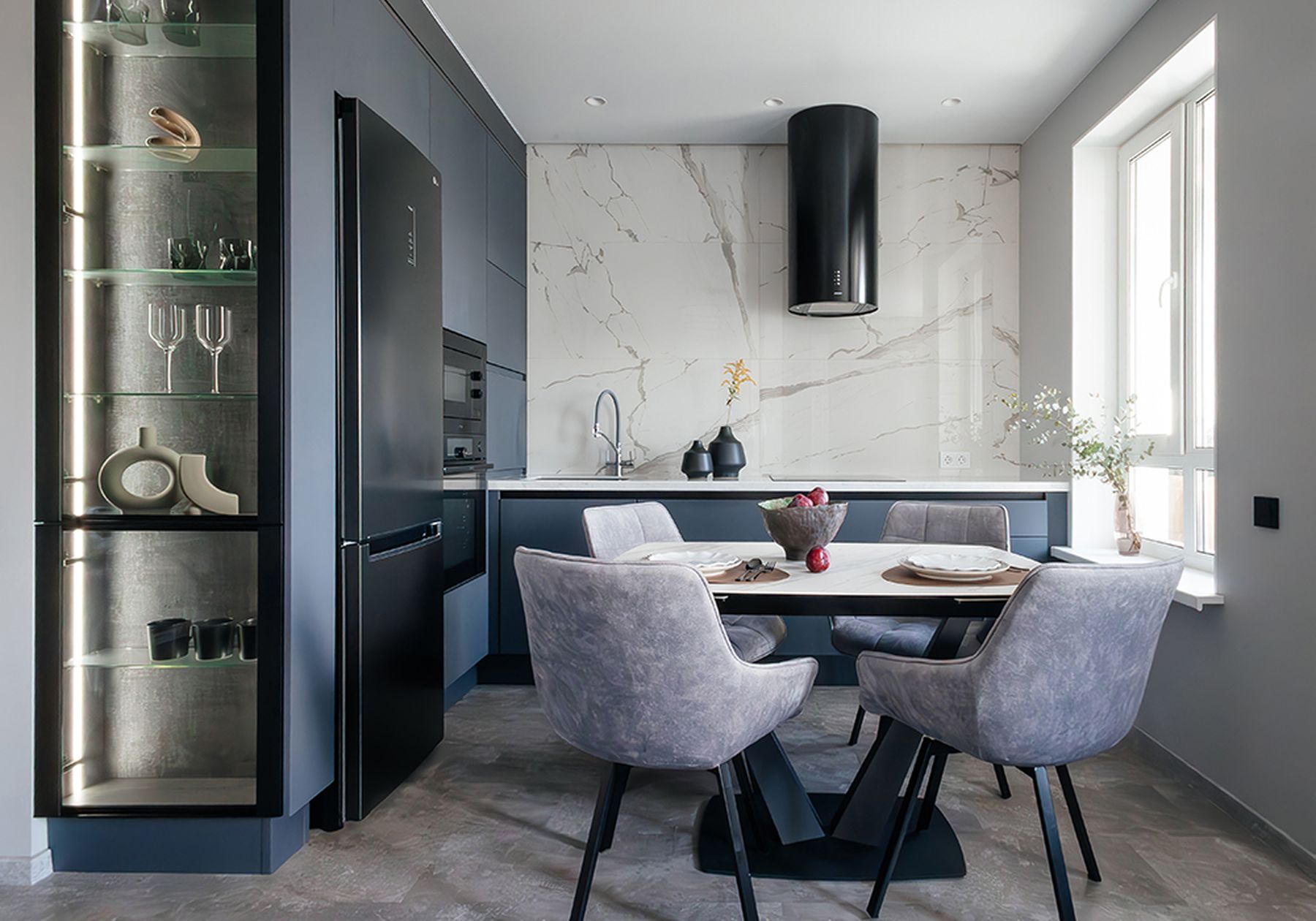
Harmony in Culinary Design: The Art of Balancing Flavors and Aesthetics
Embarking on a sensory adventure, culinary design bridges the gap between the culinary arts and visual aesthetics. It's not just about creating a dish that tantalizes the taste buds; it's about crafting an experience that pleases the eye and satisfies the soul. Harmony in culinary design is the secret ingredient that chefs and food designers around the globe strive to achieve in their creations.
The Philosophy of Culinary Harmony
The concept of harmony in the culinary world is multifaceted. It goes beyond mere flavor pairing to include the textures, colors, and presentation of a dish. Just as a composer harmonizes notes to create symphonies, a chef combines ingredients to orchestrate a harmonious plate. The philosophy of culinary harmony considers the interplay of all senses, setting the stage for an immersive dining experience.
Flavor Pairing: The Quintessence of Taste
At the root of culinary design lies the science and art of flavor pairing. Chefs often refer to the flavor wheel or use their intuition to pair complementary and contrasting flavors. This might mean juxtaposing the richness of a slow-cooked meat with the bright acidity of a pickled vegetable or marrying the sweetness of a fruit with the savory depth of a cheese. Intentional flavor pairing creates balance and complexity that can tantalize the palate and leave a lasting impression.
Texture: A Tapestry of Sensation
Similarly, the texture of food plays a critical role in creating a harmonious dish. The crunch of a perfectly seared crust against the silkiness of a puree, or the pop of caviar accompanied by a smooth mousse, can elevate a meal from the mundane to the sublime. A masterful combination of textures can provide contrast and interest, encouraging diners to engage more deeply with the food they eat.
Visual Appeal: Feasting With the Eyes
Culinary design also extends to the visual presentation of a dish. A well-plated meal can be akin to a piece of art, with its colors, shapes, and arrangement speaking volumes about the chef's intention. The visual appeal is crucial, as it sets the diner's expectations and can enhance the overall enjoyment of the meal. Whether through precisely placed garnishes or bold, free-form plating, the visual harmony on a plate should complement the flavors and textures within the dish.
Sensory Synergy: The Final Frontier of Culinary Design
Ultimately, the quest for harmony in culinary design culminates in a sensory synergy where taste, texture, aroma, and aesthetics all come together. It's a holistic approach that acknowledges the emotional response food can evoke and the memories it can create. Culinary designers weave together these elements to produce an unforgettable dining experience that resonates on every level.
Conclusion: The Symphony of Culinary Design
Harmony in culinary design is more than just a goal; it is an ongoing journey of discovery and refinement. As diners grow increasingly discerning and chefs become more innovative, the exploration of flavor, texture, and presentation continues to evolve. Those who master the delicate balance of these elements can transform the act of eating into an act of celebration, where each dish is a testament to the beauty and complexity that is culinary design.
```